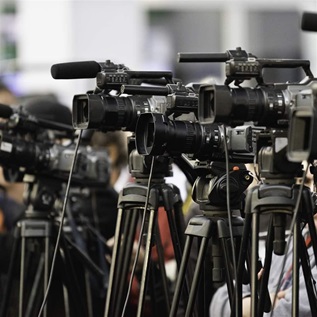With Use of Paper Trails Growing, Recount Rules Are in Flux
Washington, DC- Half of the states in the country will require the use of voter-verifiable paper audit trails with electronic voting machines in the next two years. How they might be used to resolve close elections, however, has not been determined.
A new report finds that while 25 states will require the use of paper trails in time for the 2008 presidential election, so far only 14 states currently plan to use them as the official record in a recount of votes. How or if they would be used in recounts – and how difficult that process might be – are questions many states still need to answer.
Those findings are part of “Recounts: From Punch Cards to Paper Trails,” a new study analyzing recount procedures from across the country and the 12th such briefing produced by electionline.org, the nation's leading source for election reform news and information.
“It would appear that more and more states are making the decision to require the use of voter-verifiable paper audit trails (VVPATs) with their electronic voting machines. But what they will do with them, aside from putting voters' minds at ease, is likely to be the subject of sharp debate in the immediate future,” said Doug Chapin, electionline.org's director.
The trend toward using VVPATs, and the apparent reluctance in some states to use them for recounting votes, highlights the growing debate over their use.
Nevada, which required the use of paper trails in last year's presidential election, used the paper spools to verify the accuracy of electronic machine totals. According to one county official, the mandatory audit of VVPATs was time consuming, cumbersome and prone to human error. Other county officials, particularly from California, oppose recounts of VVPATs, arguing they cannot be used because they lack the same standards as ballots.
Backers of VVPATs, however, question the wisdom of requiring the paper trails without using them to recount votes.
“Lost in the debate over whether states should require paper trails is what to do with them after a law is passed,” Chapin added. “The one state that conducted a mandatory audit does not use VVPATs in recounts. But not using paper for a recount will be unacceptable to proponents of VVPAT systems. The survey results give a clear indication that this will be the next phase of the debate over verifying voting.”
Among the other findings in the report:
- The most publicized instances of contested elections have been in the courts – the Bush v. Gore decision in the 2000 election and the 2004 gubernatorial recount in Washington are perhaps the best known recent examples. Recounts, however, are far more common in local races and most states have established rules to avoid such legal battles.
- States vary in their “triggers” that initiate ballot recounts. In 39 states, losing candidates can request recounts, largely at their own expense. In 25 of those, a recount can be undertaken regardless of the margin of votes while in 14, the difference must be within a certain margin of votes.
- Sixteen states have rules that require an automatic recount of votes if contests fall within a prescribed margin.
- Four states – California, New York, West Virginia and Kentucky – recount a small percentage of ballots from randomly-chosen precincts to test the accuracy of the vote.
- Eleven states require manual audits of VVPATs. Audits test the accuracy of electronic voting machines by comparing paper totals to digitized machine totals, but do not change the outcome of elections. The most recent audit in Nevada found a 100 percent match between paper and machine totals, but only after teams took as long as four minutes to count accurately a single ballot on a paper audit trail.
Pew is no longer active in this line of work, but for more information, please visit electionline.org.






